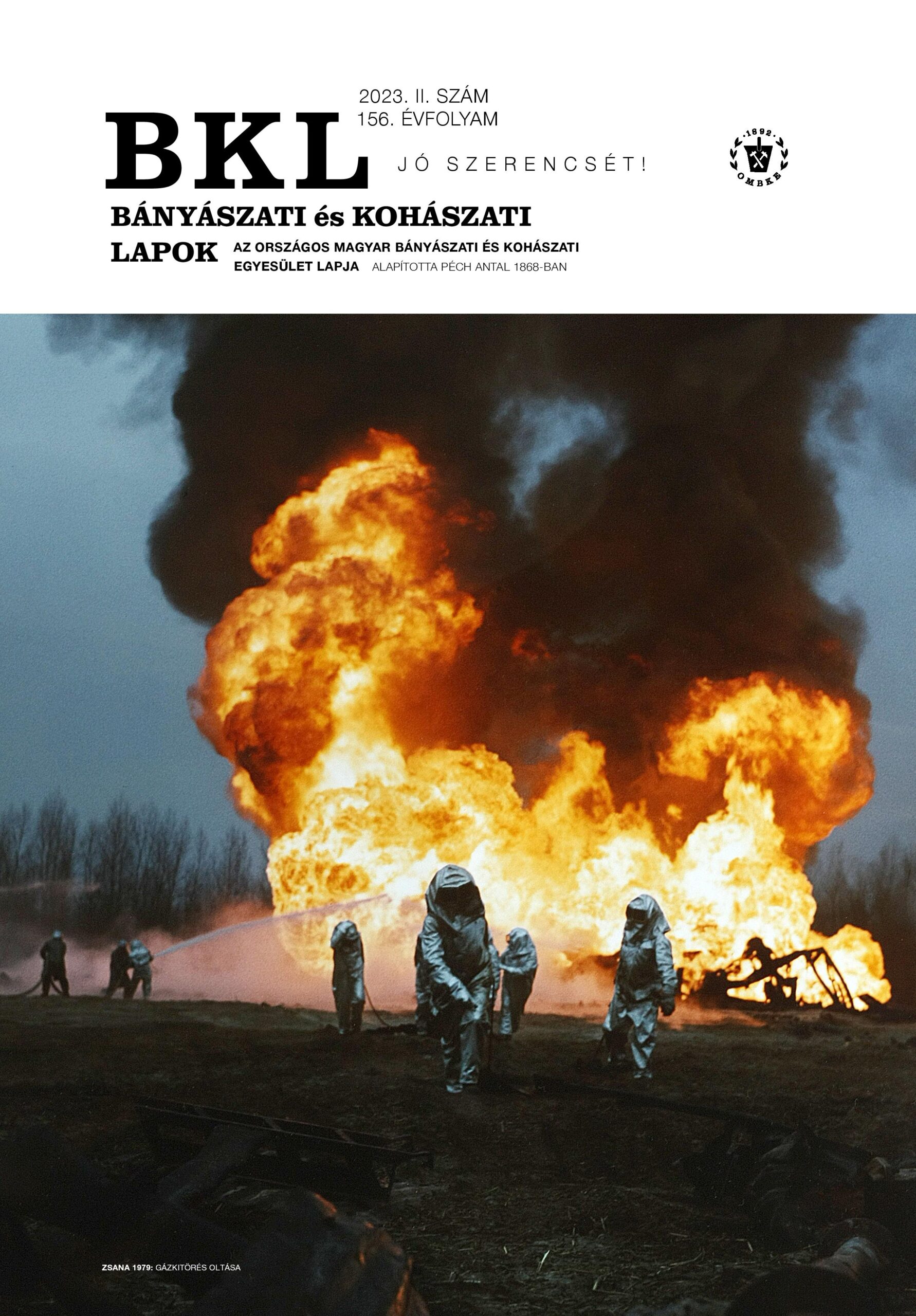Examination of residual stresses in products produced with additive technology
Abstract
Additive manufacturing, more commonly known as 3D printing, is one of the fastest growing industries of our time. In the past decades, after making its grand debut, it has grown into one of the most frequently researched manufacturing methods existing today. No matter how powerful this method might be, it is not omnipotent. Every part made by additive methods carries residual stresses, which phenomena can be traced back to the main characteristics of layer-by-layer deposition of materials. For metal-based machines, the machine requires a great deal of energy, to be able to execute a sintering or melting processes. However, the process requires not only power, but also accuracy. To make this possible, each machine has a focused thermal energy source supplied by an optical system. This optical part makes it possible to connect the power of the energy source with the base material and scan the cross-section fast and evenly. The energy input after the first deposition, will not only affect the layer in work, but the previously deposited ones as well. During our work, we used a Laser Power Bed Fusion (LPBF) technique, with Selective Laser Melting (SLM) method. The basic requirement for powder bed techniques is the ability to ensure a continuous supply of the base material, especially for metals, where the system is sealed and under shield gas, which does not allow further modifications inside the build chamber until the part is done. Inside the machine, there is a building platform taking place under the scanning optics together with a powder reservoir and a powder delivery system. In our instance, the machine works in a circular composition, which means, that our powder delivery system rotates counterclockwise. For each successive lasers, the building platform descends one set distance, which is the layer height, and the powder reservoir ascends. This way, the rotating arm, delivering the base material with a rubber coater, picking up the excess material and making an even layer on the top is the building platform, where the melting phase will start. The SLM process works with molten material, however, this melt only exists for a very short period, until it solidifies again. This will cause the powder material to change phases twice in an instant. The phase change will also include a change in volume. All this, combined with the fact that the source of energy affects the previously deposited layers too, will create a unique thermal cycle further influencing the occurrence of residual stresses as well.
References
Frazier W. E. (2014): Metal additive manufacturing: A review. J. Mater. Eng. Perform., 23, 1917-1928. https://doi.org/10.1007/s11665-014-0958-z
Li C., Liu Z. Y., Fang X.Y., Guo Y. B. (2018): Residual stress in metal additive manufacturing. In: 4th CIRP Conference on Surface Integrity. https://doi.org/10.1016/j.procir.2018.05.039
Li C., Liu J. F., Fang X. Y., Guo Y. B. (2017): Efficient predictive model of part distortion and residual stress in selective laser melting. Additive Manufacturing, 17, 157-168. https://doi.org/10.1016/j.addma.2017.08.014
Nagy E.: Maradó feszültség meghatározása. Miskolci Egyetem, Műszaki Anyagtudományi Kar, Gyakorlati útmutató.
Withers P. J. (2007): Residual stress and its role in the future. Rep. Prog. Phys., 70, 2211. https://doi.org/10.1088/0034-4885/70/12/R04
Jiang J., Xu X., Stringer J. (2018): Support structures for additive manufacturing: A review. J. Manuf. Mater. Process., 2, 64. https://doi.org/10.3390/jmmp2040064
Chahal V., Taylor R. M. (2020): A review of geometric sensitivities in laser metal 3D printing. Virtual and Physical Prototyping, 15, 227-241. https://doi.org/10.1080/17452759.2019.1709255
Gusarov A. V., Pavlov M., Smurov I. (2011): Residual stresses at laser surface remelting and additive manufacturing. Physics Procedia, 12A, 248-254. https://doi.org/10.1016/j.phpro.2011.03.032
Jacob G., Brown C., Donmez A., Watson S., Slotwinski J. (2017): Effects of powder recycling on stainless steel powder and built material properties in metal powder bes fusion processes. https://doi.org/10.6028/NIST.AMS.100-6
Mertinger V.: Röntgendiff rakciós módszerek.
Prevéy P. S. (1986): X-ray diff raction residual stress techniques. American Society for Metals, pp. 380-392. https://doi.org/10.31399/asm.hb.v10.a0001761



